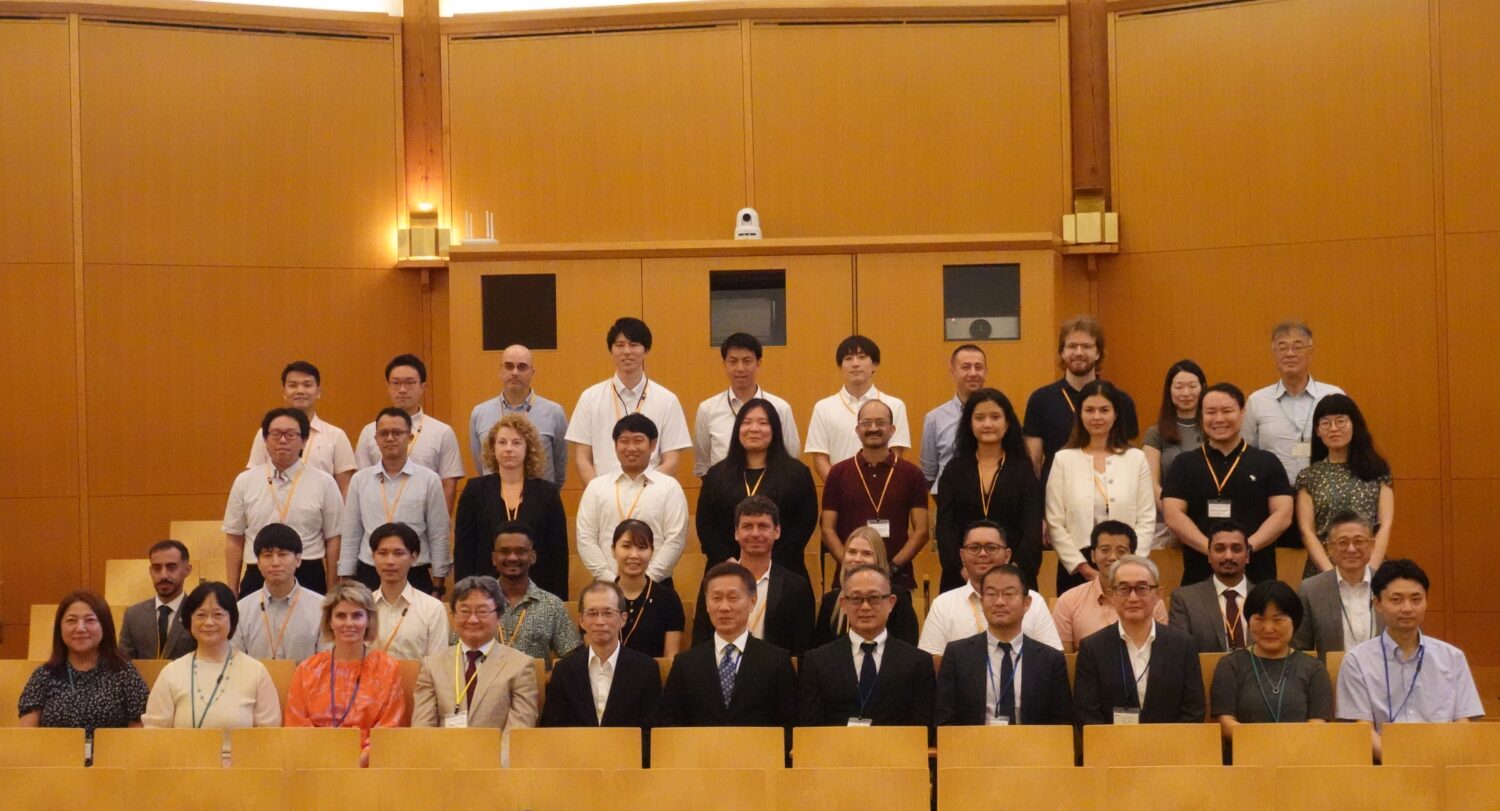Since the government issued the FR development policy in December 2016, the working group has been addressing the issue, staging interviews with representatives of nuclear-related fields in China, the United States, France and OECD/NEA, in addition to domestic experts and specialists.
The FR development policy recognizes development as a long-term project to be carried out, with a view several decades hence, and via four stages: experimental, prototype, demonstration, and commercial reactors.
Using the experimental fast reactor “Joyo” and plants overseas, Japan aims to acquire the technical knowledge and information that would have been obtained from the prototype FBR “Monju”—now designated for decommissioning—had it been restarted. The policy calls for the issuance of a strategic road map sometime before the end of the year to identify concrete measures for overcoming various technological issues peculiar to FRs.
The outline of the strategic road map makes clear that FRs are not expected to be fully utilized until the latter part of this century, considering the political environment and social situation, including the current state of uranium supply and demand. It goes on to say, “The operation of FRs on a practical scale is expected to begin sometime in the mid-century at an appropriate juncture, based on such factors as technological maturity, finances, and operational experience.”
Future R&D will be carried out in three stages: (1) encouraging competition and trying various ideas, (2) prioritizing support for specific areas, and (3) addressing subsequent development issues and processes. In the next five years or so, technological competition will first be promoted based on private-sector innovation, optimizing accumulated technology and human resources.
Starting in 2024, then, the national government, the Japan Atomic Energy Agency (JAEA) and Japan’s power utilities, in cooperation with manufacturers, will narrow down the technologies that can be adopted. The government will be responsible for ascertaining their political feasibility, while the JAEA will accumulate the necessary technical expertise, with the utilities determining their prospects for commercialization and the manufacturers looking at their technological feasibility.
The outline also clearly calls for checking the status, progress, and appropriateness of R&D results at so-called “hold points” established at certain stages, including revisions to the Strategic Energy Plan, reviews of the road map, and uses for the international cooperation.










